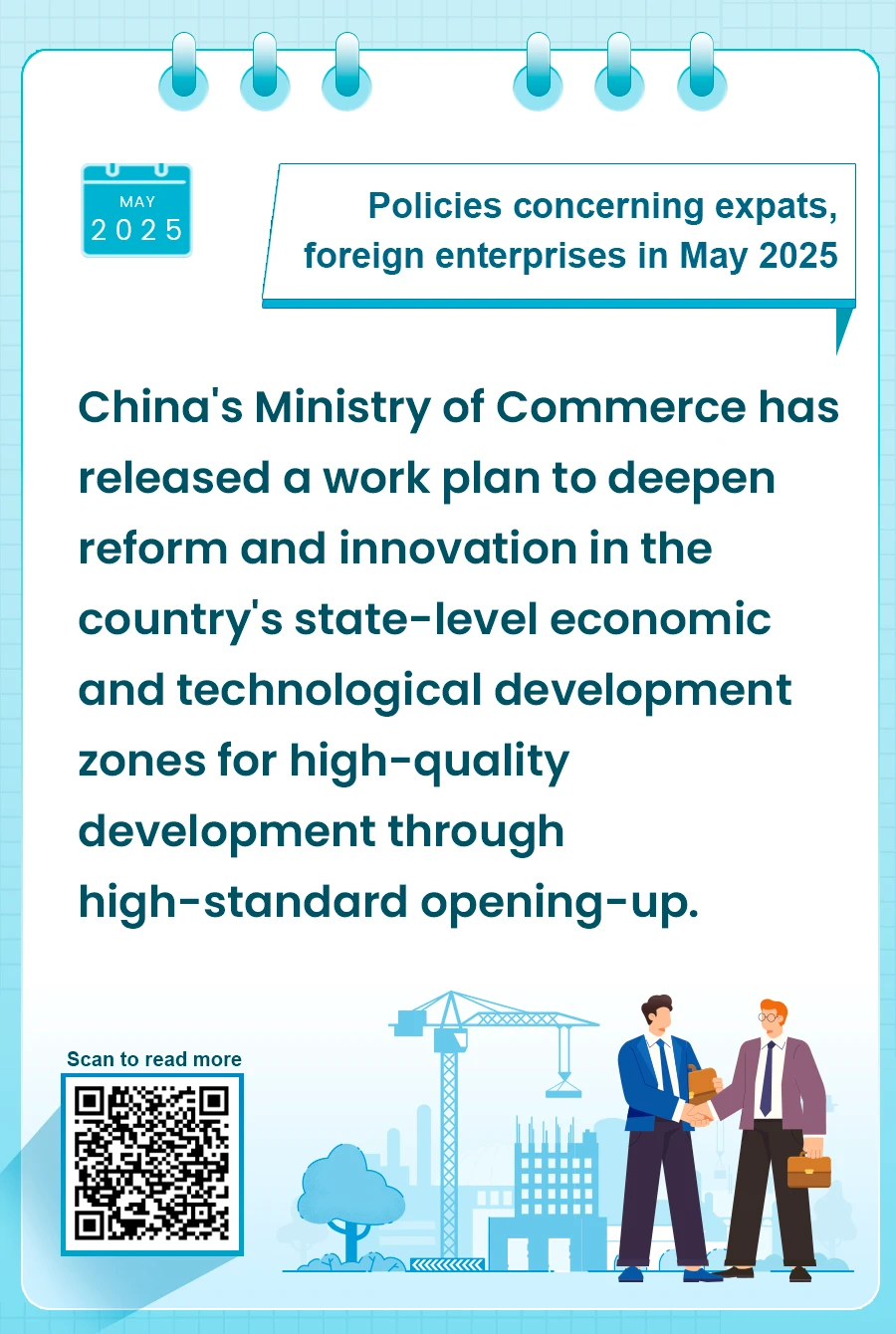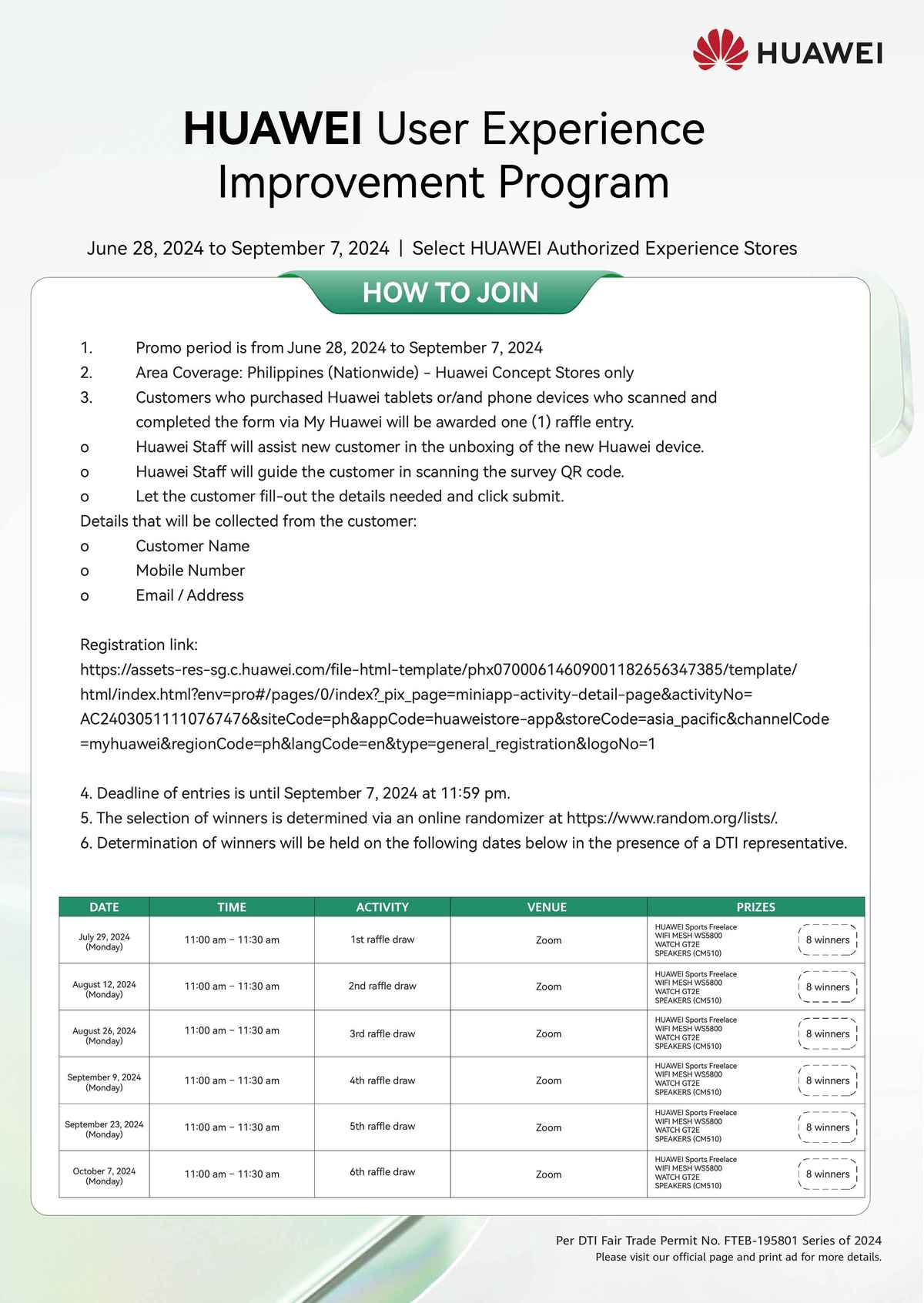================================================================================================
In the world of quantitative trading, the goal is often to maximize returns by implementing sophisticated algorithms that can process large amounts of data and execute trades at optimal times. However, one of the most critical yet frequently overlooked aspects of quantitative trading is trade execution. The effectiveness of trade execution can make or break a strategy, as small delays or inefficiencies can drastically impact profits.
This article explores the common trade execution challenges faced by quantitative traders and offers strategies to overcome them. We’ll also discuss the latest tools and best practices for optimizing trade execution, ensuring your quantitative strategies perform at their best.
What Is Trade Execution in Quantitative Trading?
Trade execution refers to the process of executing a buy or sell order in the financial markets. In quantitative trading, algorithms are designed to execute these trades based on specific criteria such as price, volume, and market conditions. The goal is to execute orders as efficiently as possible, minimizing slippage and transaction costs while maximizing execution speed.
In quantitative trading, where trades are often high in frequency and involve substantial amounts of capital, poor execution can lead to significant financial losses. Therefore, trade execution quality is crucial for the success of any quantitative trading strategy.
Common Trade Execution Challenges in Quantitative Trading
1. Latency and Speed of Execution
Latency, or the delay between sending an order and its execution, is one of the most critical challenges in quantitative trading. In high-frequency trading (HFT), even a few milliseconds can make a significant difference in profitability. The speed of execution can determine whether a trade is filled at the expected price or whether slippage occurs, potentially leading to losses.
How to Mitigate Latency Issues:
- Co-location Services: By placing servers near the exchange’s infrastructure, traders can reduce latency and increase the speed of trade execution.
- Optimized Algorithms: Utilizing more efficient algorithms that reduce processing times can lower the overall latency of trade execution.
- Low-Latency Data Feeds: Using high-speed, direct data feeds helps to minimize the time between receiving market data and executing trades.
2. Slippage
Slippage occurs when the price at which a trade is executed differs from the price at which the order was placed. This is especially common in volatile markets or when large orders are placed without considering market liquidity. In quantitative trading, slippage can reduce the profitability of a strategy and can even turn a seemingly profitable trade into a loss.
Minimizing Slippage:
- Use of Limit Orders: Limit orders allow traders to specify the price at which they are willing to buy or sell, reducing the risk of slippage.
- Order Slicing: Breaking large orders into smaller pieces helps mitigate slippage, as smaller orders are less likely to impact market prices.
- Smart Order Routing (SOR): This involves using algorithms to route orders to different exchanges or liquidity providers to find the best available price, reducing the likelihood of slippage.
3. Market Impact
Market impact refers to the effect a large trade has on the market price. In quantitative trading, executing large orders can push the price in an unfavorable direction, especially if the liquidity of the asset is not sufficient. This is a particular concern in less liquid markets or when implementing high-volume trading strategies.
Minimizing Market Impact:
- Dark Pools: Using dark pools—private exchanges where orders are not publicly displayed—can help traders execute large trades without impacting market prices.
- Time-Weighted Average Price (TWAP) Algorithms: These algorithms break up trades into smaller pieces and execute them at intervals, spreading the market impact over time.
- Volume-Weighted Average Price (VWAP) Algorithms: VWAP algorithms execute trades in proportion to the trading volume at each point in time, helping to avoid significant market impact.
4. Order Routing and Execution Costs
Inefficient order routing can lead to unnecessary execution costs, which can eat into profits. In quantitative trading, especially when dealing with high-frequency or arbitrage strategies, finding the cheapest and most efficient route to execute an order is essential.
How to Optimize Order Routing:
- Smart Order Routing (SOR): Using algorithms to route orders based on the best execution criteria—such as price, speed, and cost—can reduce execution costs.
- Transaction Cost Analysis (TCA): This tool helps assess the costs of trade execution, providing insights into how much slippage or other costs are impacting performance.
- Use of Multiple Liquidity Providers: Leveraging multiple exchanges and liquidity providers helps ensure that trades are executed at the best possible price.
5. Regulatory and Compliance Challenges
The regulatory environment surrounding trade execution is becoming increasingly complex, with stricter rules on market manipulation, high-frequency trading, and order execution. For quantitative traders, staying compliant with these regulations is crucial to avoid penalties and ensure the long-term viability of their strategies.
Ensuring Compliance:
- Algorithmic Trade Monitoring: Implementing systems to monitor algorithmic trades for compliance with regulatory standards ensures that trading activities remain within the law.
- Reporting Systems: Regularly reporting trading activities to relevant authorities helps to avoid penalties for non-compliance.
- Transaction Cost Analysis (TCA): This can also assist with compliance by providing transparency into trading costs and ensuring best execution practices.
Solutions and Best Practices for Optimizing Trade Execution
1. Using Advanced Algorithms
Implementing advanced trade execution algorithms is essential for overcoming the challenges of latency, slippage, and market impact. Popular algorithms include:
- Adaptive Algorithms: These algorithms adjust their execution strategies based on real-time market conditions, optimizing the trade execution process.
- Liquidity-Seeking Algorithms: These algorithms focus on finding the best liquidity for executing orders without significantly affecting the market price.
2. Real-Time Monitoring and Analytics
Continuous monitoring of trade execution is critical to identifying any issues in real time. By leveraging advanced trade execution monitoring tools, quantitative traders can detect and resolve issues like slippage or latency before they cause significant harm to the strategy.
- Trade Execution Dashboards: Dashboards that provide a comprehensive view of trade execution metrics (e.g., latency, slippage, market impact) help traders assess performance.
- Post-Trade Analytics: Post-trade analysis tools allow traders to evaluate the effectiveness of their execution strategies, identify areas of improvement, and optimize future trades.

FAQs: Trade Execution Challenges in Quantitative Trading
1. How can I improve trade execution in my quantitative trading strategy?
To improve trade execution, focus on optimizing your algorithms, using low-latency data feeds, employing smart order routing, and minimizing market impact through techniques like order slicing and dark pool trading.
2. Why is faster trade execution so important in quantitative trading?
Faster trade execution minimizes latency, reduces slippage, and helps traders take advantage of market opportunities before they disappear. In high-frequency trading, milliseconds matter, and faster execution can significantly improve strategy performance.
3. How can slippage be reduced in high-frequency trading?
Slippage can be reduced by using limit orders, employing smart order routing, and using VWAP or TWAP algorithms. These strategies ensure that trades are executed at the best possible price and reduce the impact of market fluctuations on trade prices.

Conclusion
Trade execution is a crucial aspect of quantitative trading, and overcoming the challenges associated with it requires a blend of advanced algorithms, efficient strategies, and real-time monitoring. By addressing issues like latency, slippage, market impact, and order routing costs, quantitative traders can significantly improve their execution quality and, ultimately, their strategy’s profitability.

0 Comments
Leave a Comment